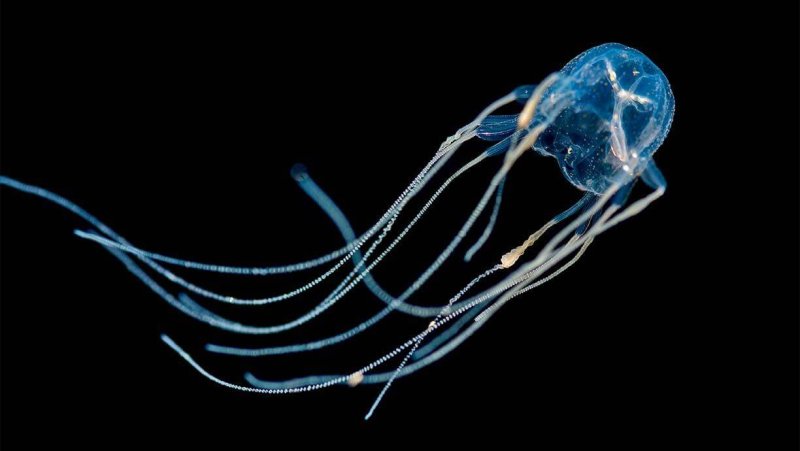In May, the Sydney-based scientist [Greg Neely] and his team of 22 announced they had potentially cured the sting of the box jellyfish, the most venomous creature in the world, whose toxins cause excruciating pain as a best-case scenario, and cardiac arrest as the worst.
It was a simple but groundbreaking technique, using the latest in genetics technology – Crispr, the gene-editing tool that allows scientists to make precise changes to DNA.
…
In the results, published in Nature Communications, the researchers found the [jellyfish toxin] resistant cells didn’t have any cholesterol in them. If the skin cells don’t die, then the sting doesn’t hurt – or enter the bloodstream. Their antidote applies a mix of hydrophobic and hydrophilic elements to skin that draws the cholesterol out of the cells. The venom can’t puncture it.
It’s so simple it can go on as a spray. The next step is to find a government to back it, and the required regulatory testing. They are cautious. It has not been tested on humans, and they want to be sure that stopping the pain also stops the other symptoms that affect the heart.
Read full, original post: Taking the sting out: Australian gene editing is crossing the pain threshold































